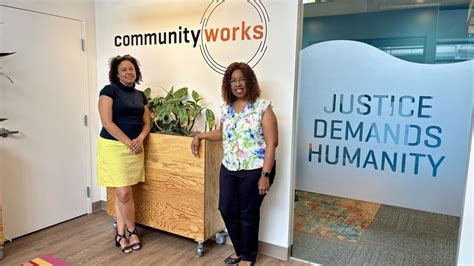
San Francisco has opened its first major restorative justice center, a space designed to replace punishment with repair and to address the deep inequities that the criminal justice system has entrenched for decades.
In August 2025, San Francisco opened its first large-scale restorative justice center, a 6,000-square-foot space in the SoMa district designed to serve people recently released from prison, teenagers in diversion programs, and families navigating the impact of incarceration. The center has the capacity to work with up to 2,000 people a year, offering everything from mediation and counseling to job training and art workshops.
The building’s design rejects the cold, institutional feel of traditional justice spaces. Sunlit rooms, open common areas, and murals by local artists send a deliberate message: that justice can be restorative without being punitive. The project was developed by the nonprofit Community Works, in collaboration with the architecture firm Designing Justice + Designing Spaces, and was built at half the projected cost thanks to pro bono work and donations.
For a city that prides itself on progressive ideals, the initiative represents a tangible shift. San Francisco’s incarceration rates remain disproportionately high for Black residents, who make up less than six percent of the city’s population but more than 40 percent of its jail population. While the center cannot dismantle systemic inequality on its own, it offers a model in which repair takes priority over retribution.
The challenge will be sustainability. Similar projects in other cities have been derailed by unstable funding and shifting political will. San Francisco still allocates far more money to policing and incarceration than to alternatives. Without long-term investment, the center could remain an isolated success rather than a blueprint for change.
Its opening poses an implicit question: will the city commit to expanding models that restore dignity and strengthen communities, or will it let this become another symbolic gesture in the long cycle of reform promised but never fulfilled?



.svg)